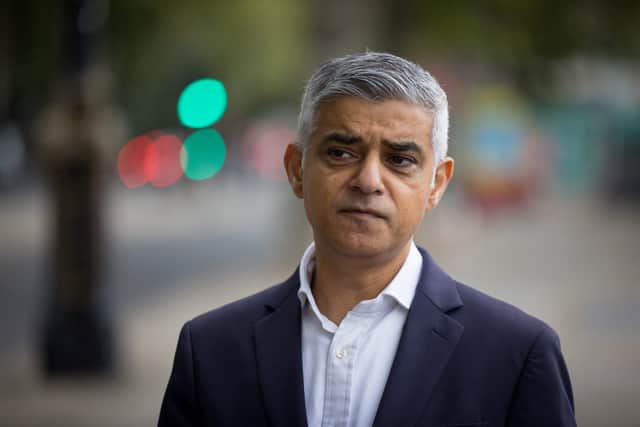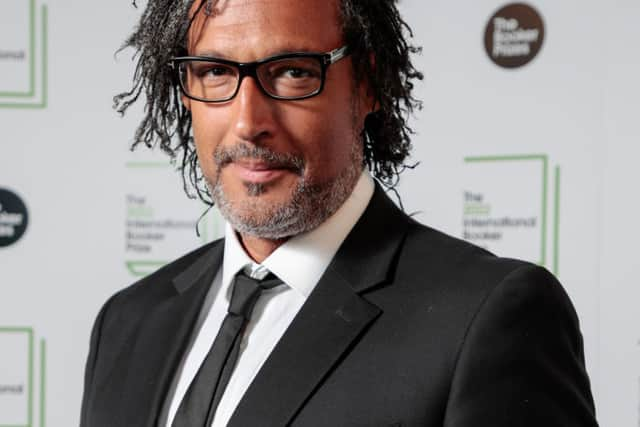Memorial honouring the victims of the transatlantic slave trade coming to east London
and live on Freeview channel 276
A new memorial is to be developed and unveiled in east London honouring the victims of the transatlantic slave trade and acknowledging the role the capital played.
The mayor of London, Sadiq Khan, has committed £500,000 to create the memorial in West India Quay, London Docklands, to be the first in the UK of its scale and profile reflecting the experiences of enslaved people.
Advertisement
Hide AdAdvertisement
Hide AdThe announcement has come ahead of the International Day of Remembrance of the Victims of Slavery and the Transatlantic Slave Trade, on March 25.
The plan, which has been developed by the mayor’s Commission for Diversity in the Public Realm, working in partnership with the Museum of London Docklands and the Canal and River Trust, as well as other heritage groups, will also deliver an education programme highlighting the slave trade in London.


Mr Khan said: “The impact of the slave trade has been felt by generations of Black communities in London, across Britain and around the world. Despite this, we do not have a dedicated memorial in our capital to honour the millions of enslaved people who suffered and died as a result of this barbaric practice.
“It is vital that our public spaces reflect the heritage of our great city – in all its diversity and complexity. This memorial will help commemorate the victims of a dark, yet formative chapter of our history.
Advertisement
Hide AdAdvertisement
Hide Ad“I want everyone to be able to take pride in our public spaces and by being candid about our history, and its enduring legacy, we are creating a better and fairer London for all.”
Recognising London’s role in the transatlantic slave trade
The location of the memorial, in West India Quay, was chosen due to the area’s involvement in the slave trade.
The only surviving buildings in the capital which were established to receive produce from slavery are situated in the area. The quay is also home to the Museum of London Docklands, which has a London, Sugar and Slavery gallery dedicated to the capital’s involvement in the trade.
Slavery in England was abolished in 1807, after William Wilberforce led a campaign resulting in its outlawing in the British Empire. However, slaves in the colonies, other than the areas ruled by the East India Company, were not freed until 1838, and only after the slave-owners received compensation.
Advertisement
Hide AdAdvertisement
Hide AdProfessor David Olusoga said: “The profits from the trade in enslaved people and from their exploitation on the plantations of the Americas helped build London’s wealth.
“Today, London is home to over a third of a million people who are descended from those enslaved people. This is a shared history and it’s right that all Londoners have a memorial through which to better remember the victims of slavery in the slave trade.”


When will the memorial be completed?
An artistic brief is to be worked on by the Commission with input from the community, which is expected to begin in summer 2023.
The full memorial is then anticipated to be unveiled by summer 2026.
Advertisement
Hide AdAdvertisement
Hide AdBinki Taylor, Commission for Diversity in the Public Realm member and partner in the Brixton Project, said: “Announcing this site is another powerful step in recognising and remembering the pain and resistance of all those that suffered the violence of the transatlantic slave trade, in a city which had such a significant role in it.
“To bring further into the public consciousness, the lasting trauma for many communities – a legacy that is built into this city and country.
“Announcing the site is also just the start of a journey, that will involve many who already have contributed so much to raising awareness of this history, and other Londoners, who will shape an empowering and lasting monument fit for the future.”
